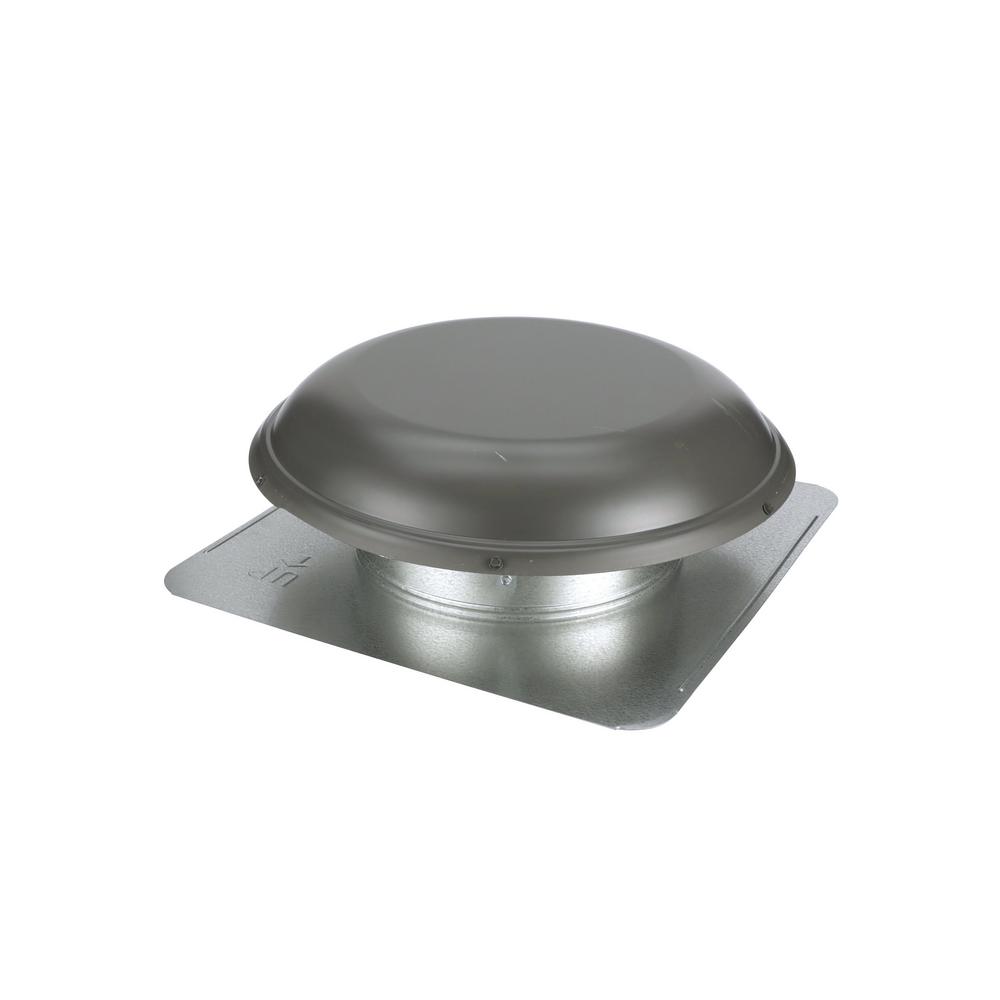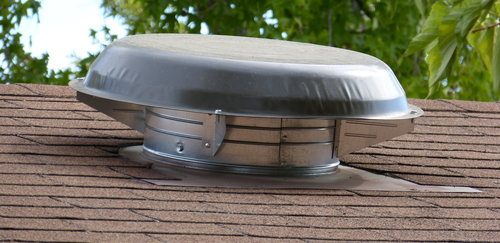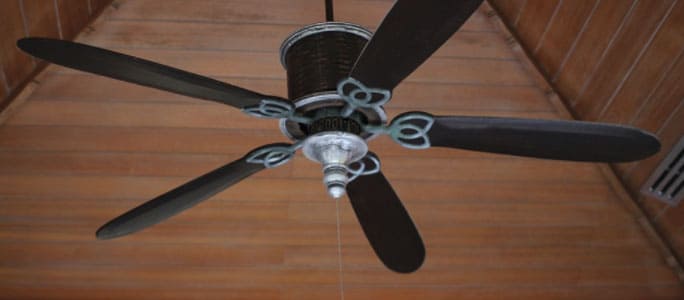The cooling load for a home air conditioner depends on the difference in temperature between the inside and outside air and reduction of attic temperatures from 155 degrees to 105 degrees f will result in a significant reduction in cooling load.
High temperature cut out for attic fan.
These images came from a presentation danny parker gave pdf on fsec s cool roof research the third graph shows attic temperatures from the middle of the attic for several different types of roofing as well as a sealed attic.
In most cases attic fans are used to cool the attic.
In particularly hot climates set the temperature higher to keep the fan from running for extended periods of time.
However more often than not.
Attic fans perform this ventilation by pushing hot air out into the environment while also pulling fresh cool air into the attic.
Ideal attic temperatures shouldn t be more than 10 to 20 degrees hotter than outside temperatures.
If it s 90 degrees outside the attic temperatures shouldn t exceed 110 according to home inspector jamison brown of amerispec home inspection services in poquoson.
In the winter this fan reduces the risk of ice damming.
Do you really need an attic fan.
However the utility of attic ventilation fans is actually quite a controversial topic.
This is the least expensive high quality fan feature for feature available.
Attic fans that operate with a thermostat usually automatically turn on the fan based on the temperature that the homeowner sets.
If your attic soars above 100 degrees and reaches the 150 mark its time to consult professionals.
Good insulation reduces fan effectiveness.
When it comes to adjusting the thermostat of your attic s fan it s best to adjust it to approximately 90 to 95 degrees.
The result is a cooler attic space with plenty of air exchange.
Of course some environments are much hotter than others so this will be the perfect time to measure out how warm your attic will get during the most heated of seasons.
On one hand the national renewable energy laboratory said attic ventilation reduces attic temperature 10 to 25 degrees and slows the transfer of heat into the living space.
Manufacturers and contractors suggest that you set the temperature setting between 100 and 110 degrees f.
The white roof lowered the attic temperature by about 20 f.
Most manufacturers and contractors recommend a temperature setting between 100 and 110 degrees fahrenheit.





/quietcool-gable-mount-attic-fan-afg-smt-3-0-64_1000-3da19edb578c465d915e80e3607b693c.jpg)




